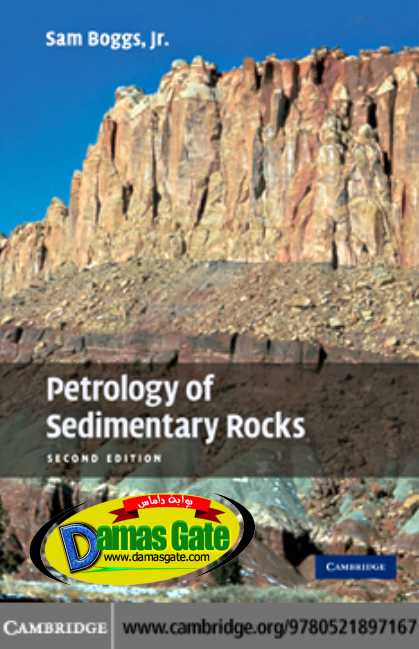Petrology of Sedimentary Rocks - 2nd Edition

Preface
As indicated in the first edition, this book emphasizes the properties of sedimentary rocks
rather than sedimentary processes. Thus, it focuses on description and discussion of
mineralogic and chemical composition, as well as the textures and sedimentary structures
that characterize sedimentary rocks. Further, it discusses application of insights derived
from study of rock properties to interpretation of their origin, including provenance (sediment
source), depositional environments, and diagenesis. Part I of the book deals with basic
principles related to the origin, classification and occurrence of sedimentary rocks. Part II
describes and discusses the siliciclastic sedimentary rocks such as sandstones. Part III
describes the carbonate sedimentary rocks (e.g. limestones), and Part IV discusses other
chemical sedimentary rocks and carbonaceous sedimentary rocks such as oil shales. The
book is aimed at advanced undergraduate and graduate students; however, professional
geologists may also find the book useful.
Sedimentary petrology is a broad scientific discipline that encompasses study of all
kinds of sedimentary rocks, including those that constitute a relatively small volume
of total sedimentary rocks. These volumetrically minor rock types nonetheless provide
valuable insight into Earth history, and some are economically significant. Thus, the
book gives significant coverage to minor rock types such as cherts, phosphorites and
iron-rich sedimentary rocks, as well as to more abundant sedimentary rocks such as
sandstones, shales and limestones, which make up the bulk of the sedimentary rock
record.
Petrologic study requires application of suitable techniques for field and laboratory
observation and analysis. Several kinds of studies, such as measuring and describing
sedimentary structures, are carried out in the field before specimens are collected for further
analysis. In the laboratory, petrographic microscopy is a venerable, basic tool for studying
the composition and texture of sedimentary rocks; however, it is being supplemented
increasingly by a variety of other tools and techniques (see Chapter 1). Electron microscopy,
cathodoluminescence microscopy, X-radiography, electron probe microanalysis, Fourier
analysis and various kinds of spectroscopic analyses are examples of techniques that
allow further optical, geochemical and physical characterization of sedimentary rocks.
This book discusses applications of many of these techniques and furnishes references to
Download
*